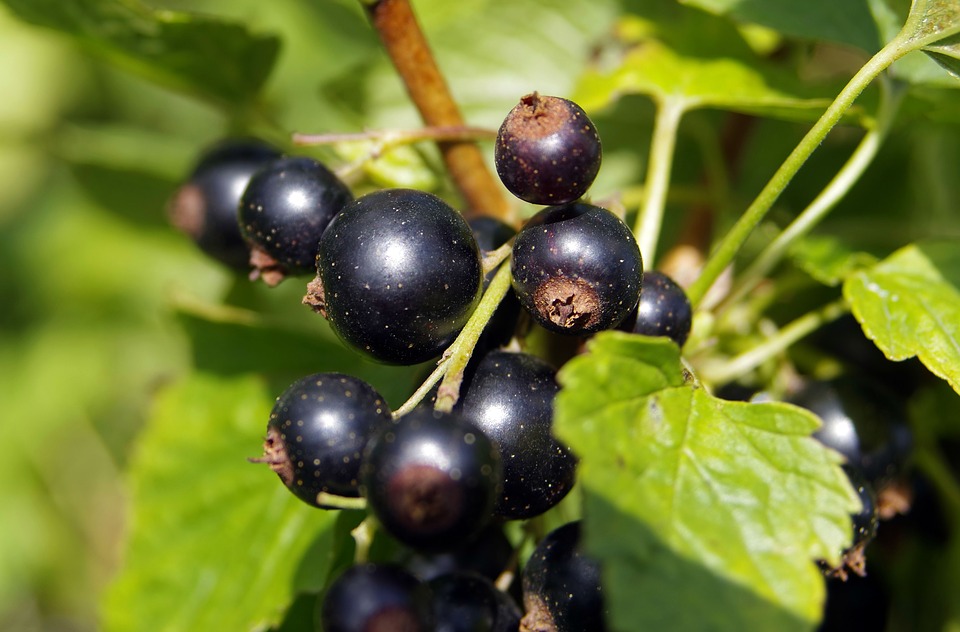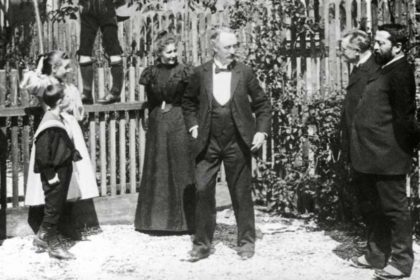Blackcurrant is a woody shrub in the family Grossulariaceae, grown for its piquant berries. It’s native to temperate parts of central and northern Europe and northern Asia, where it prefers damp fertile soils and is widely cultivated both commercially and domestically. Take a look below for 26 more fun and interesting facts about blackcurrant.
1. Blackcurrant is winter-hardy, but cold weather at flowering time during the spring reduces the size of the crop.
2. Bunches of small, glossy blackcurrant develop along the stems in the summer and can be harvested by hand or by machine.
3. The fruit can be eaten raw, but it’s usually cooked in a variety of sweet and savory dishes.
4. Blackcurrant is used to make jams, jellies and syrups and is grown commercially for the juice market.
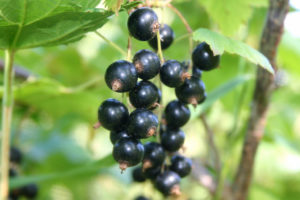
5. As a crop, blackcurrant suffers from several pests and diseases. The most serious disease is reversion, caused by a virus transmitted by the blackcurrant gall mite.
6. Blackcurrant has, for most of the 20th century, been subject to restrictions in parts of the United States as a disease vector.
7. Breeding is being undertaken in Scotland, Poland, Lithuania, Norway and New Zealand to produce blackcurrant with better eating qualities and bushes with greater hardiness and disease resistance.
8. Blackcurrant originates from norther and central parts of Europe and Siberia, but it can be found around the world today.
9. It produces the fruit of best quality in areas that have humid summers and cold winters.
10. Blackcurrant is a bushy plant that develops several stems. It can reach 5 to 6 feet in height.
11. Leaves of blackcurrant consist of five palmate lobes with serrated edges, like maple leaves. They’re pale green colored and alternately arranged on the branches. Crushed leaves released a pleasant aroma.
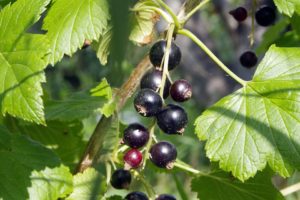
12. Blackcurrant produces bluish-pink flowers. They’re arranged in clusters composed of 10 to 20 individual flowers on the 5 to 6 inches long stem called “strig.”
13. Blackcurrant blooms during the spring. Flowers attract hoverflies and honeybees, which are responsible for the pollination of the plant. If the insects aren’t available, the flowers of blackcurrant are able to perform self-pollination sine they contain both types of reproductive organs.
14. Berries of blackcurrant are black colored and filled with 3 to 12 edible seeds. They have tough skin on the surface and soft flesh inside. They have a strong, piquant flavor.
15. Some other varieties of blackcurrant produce red, white or pink berries. They have a sweeter taste, but contain less nutrients than blackcurrants.
16. Berries of blackcurrant represent an important source of food for the birds in the wild.
17. The berries are a rich source if vitamin C, A, B1, B5 and B6, and minerals such as iron, copper, calcium and phosphorus.
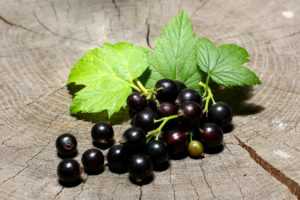
18. Blackcurrants are used for the preparation of smoothies, various alcoholic mixtures, such as wines, ciders and champagnes, and liqueurs.
19. Leaves of blackcurrant are used as flavoring agents in the manufacture of teas or vodkas in Russia.
20. Medical studies have shown that blackcurrants contain substances that improve the circulation of blood and the function of eyes. They also reduce inflammation and boost immune system function.
21. Oil extracted from the seed of blackcurrants has application in the cosmetic industry. It’s mostly used in the manufacture of skin care products.
22. Blackcurrant is a perennial plant that can survive from 15 to 30 years in the wild.
23. Blackcurrant was cultivated in Russia by the 11th century when it was present in monastery gardens and also grown in towns and settlements.
24. From 1942 onward, blackcurrant syrup was distributed free of charge to children under the age of two. This may have given rise to the lasting popularity of blackcurrant as a flavoring in Britain.
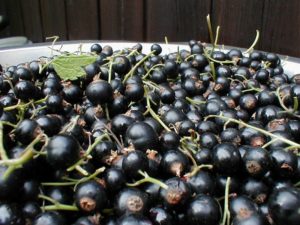
25. Blackcurrants were once popular in the United States but became less common in the 20th century after currant farming was banned in the early 1900s, when blackcurrants, as a vector of white pine blister rust, were considered a threat to the U.S. logging industry.
26. Japan imports $3.6 million of New Zealand blackcurrants for uses as dietary supplements, snacks, functional food products and as quick-frozen produce for culinary production of jams, jellies or preserves.

